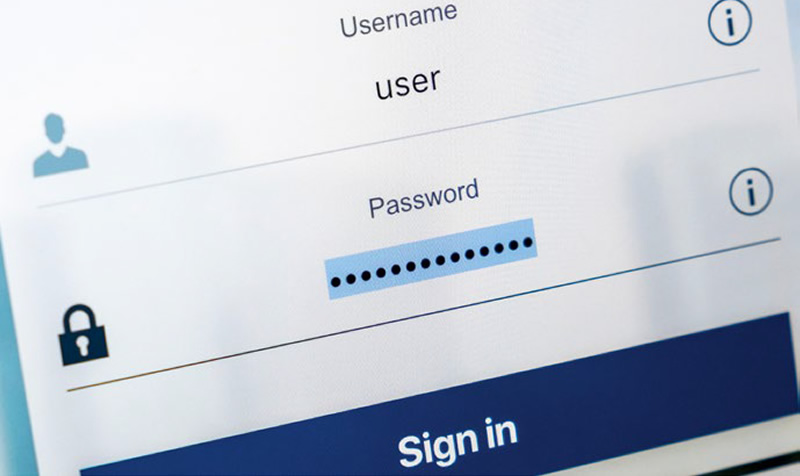
Carolyn E. Smith and John R. Hickman, Alston & Bird LLP
The Department of Labor (DOL) published a proposed rule Oct. 23, 2019, that will expand the ability of plan administrators to use electronic delivery methods to satisfy ERISA’s disclosure rules for retirement plans. While the DOL has looked at electronic delivery issues for some time, the proposed rule was issued in response to the president’s August 2018 executive order (EO) on retirement plans. The proposed rule allows plan administrators to deliver certain required retirement plan communications electronically if the requirements in the proposed rule are satisfied, subject to the right of the participant to opt out of electronic delivery. This proposal is expected to reduce unnecessary costs from paper delivery, while ensuring that those individuals can still opt to receive hard copy notices. Although the proposed rule is not applicable to health plans, the DOL asked for comments on the scope of the rule, which signals that similar guidance for health plans may be forthcoming. This advisory provides a high-level overview of the proposed rule to help employers and benefits administrators understand its implications for delivery of retirement plan information in 2020.
Overview of current ERISA delivery standards
ERISA contains a general standard to govern the delivery of required information to plan participants, beneficiaries and other individuals. The standard requires plan administrators to use reasonably calculated delivery methods to ensure actual receipt of the information.
Current DOL regulations contain a “safe harbor” for electronic delivery of required communications and notices in two situations:
In both of these situations, the individual entitled to a copy of the information must receive a hard copy. Additional requirements apply depending on which prong of the safe harbor is being used. In light of the limitations associated with either method, electronic delivery of required communications is generally limited to a subset of employees.
The current safe harbor applies to all employee benefit plans subject to ERISA, including retirement plans, group health plans and disability plans. The safe harbor is not the only possible way that electronic media may be used to satisfy ERISA’s general delivery standard. However, as a practical matter, most plan administrators attempt to follow the safe harbor to ensure ERISA compliance.
Proposed opt-out standard for electronic delivery of retirement plan notices
The new proposed rule adds an additional alternative safe harbor for electronic delivery of retirement plan notices to covered individuals. Covered individuals are participants, beneficiaries or other individuals entitled to receive the information. If the requirements in the proposed rule are satisfied, then electronic delivery of required information can be the default, subject to the right of the individual to opt out of electronic delivery for some or all notices and instead receive a hard copy.

The proposal adopts a “notice and access” model. Under this approach, the plan is required to provide notice to each covered individual that the information is available online and then to provide access to the information through a website that meets certain requirements.
Plan administrators will have flexibility to use either the existing safe harbor or the new safe harbor for retirement plan notices. That means they can use the current safe harbor for some participants and notices and the new safe harbor for others.
Key requirements of the proposed safe harbor
Highlights of the requirements for the new retirement plan safe harbor include:
Electronic address.
The covered individual must provide the plan with an electronic address, such as an email or telephone phone number. Alternatively, an employer can assign an electronic address to an employee for this purpose.
Initial notification.
Prior to providing access to documents electronically, the individual must be notified in paper form that some or all documents will be furnished electronically.
Content in Notice of Internet Availability.
Each Notice of Internet Availability of a particular document must contain specific information, including the following:
Timing of Notice of Internet Availability.
Form and method of furnishing the Notice of Internet Availability.
Website and system requirements.

What’s next for the proposed rule?
The relatively short comment period for the proposed rule ended Nov. 22, 2019. The DOL will review the comments and possibly make adjustments to the proposed rule before it is finalized. The timing for a final rule can’t be precisely predicted, but the published final rule is expected early in 2020. Although there may be some changes, the final rule will likely be substantially similar to the proposed rule in many respects.
In addition to directing the DOL to expand use of electronic delivery of required notices, the president’s EO also directed the DOL to explore the effectiveness of ERISA’s disclosures for plan participants and beneficiaries. The DOL asked for comments and ideas on this second part of the EO, including whether some disclosures are still needed or if they could be simplified. The DOL may address such issues in future rule-making and could do so in this final rule on electronic delivery.

Possible expansion of electronic delivery options for health and welfare plans
At this time, the DOL didn’t extend the proposed new electronic delivery option to health and welfare plans, such as group health plans and disability plans. There are a number of reasons for this decision. For one thing, the EO focused specifically on retirement plans. In addition, notices for health and welfare plans may present different issues, including issues relating to timing of notices and privacy concerns. Since other federal agencies, specifically the Treasury Department and Department of Health and Human Services, share jurisdiction with the DOL over group health plans, the DOL intends to consult with these other agencies on electronic delivery issues related to health plans.
However, it is clear that the DOL is interested in exploring new electronic delivery options beyond the scope of retirement plans. The DOL specifically requested comments on issues relating to such plans, which indicates that they could expand electronic delivery options for health and welfare some point in the future, possibly soon after the retirement plan rule is finalized.

Conclusion
Employers and retirement plan administrators will welcome new disclosure rules that reflect modern technologies. The proposed rule, when finalized, will make it easier for plan administrators to satisfy their ERISA disclosure requirements for retirement plans. Hopefully, updated regulations for group health plans and disability plans will come soon, as well.
Information within is intended to provide general information and does not constitute legal, tax or accounting advice regarding any specific situation.
Aflac herein means American Family Life Assurance Company of Columbus and American Family Life Assurance Company of New York.